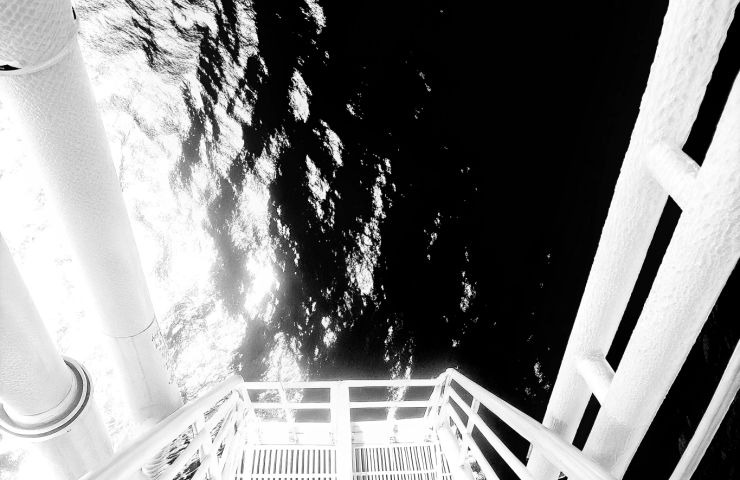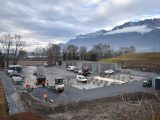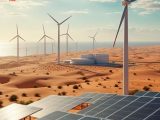
Germany’s SalYsAse Initiative Revamps Offshore Green Hydrogen with Microbial Electrolysis
July 25, 2025Germany is diving into an innovative project called SalYsAse, a new approach to green hydrogen that takes offshore energy to the next level. Instead of relying on traditional electrolysis, this project taps into the power of offshore wind energy, seawater, and even marine microbes to produce clean, storable hydrogen fuel.
Harnessing wind and seawater — with a microbial twist
Led by the GEOMAR Helmholtz Centre for Ocean Research Kiel and backed by €733,000 in funding from Germany’s Ministry of Research, SalYsAse is all about creating a smarter, more sustainable kind of hydrogen production. Here’s how it works: the system grabs excess power from offshore wind farms and turns it into hydrogen using something called microbial biocatalysis. This process involves specialized marine bacteria and a unique setup with porous titanium transport layers developed by Element22 GmbH.
Why this matters: fresh thinking without freshwater
If the project delivers as hoped, it could be a game-changer—especially for heavy industries that need to cut carbon but can’t easily switch to battery power. One of the key perks is that it sidesteps the need for freshwater and rare metals, which are typically required for electrolysis and fuel cell systems. That not only reduces environmental strain but adds resilience to Germany’s energy transition.
On deck: North and Baltic Seas by 2028
The plan is to start rolling this tech out to wind turbines in the North and Baltic Seas sometime between 2025 and 2028. If it all goes well, SalYsAse could help pave the way toward cleaner fuel and a more climate-friendly industrial sector—while showing the world a brand-new way to think about offshore hydrogen fuel cells.



 With over 15 years of reporting hydrogen news, we are your premier source for the latest updates and insights in hydrogen and renewable energy.
With over 15 years of reporting hydrogen news, we are your premier source for the latest updates and insights in hydrogen and renewable energy.